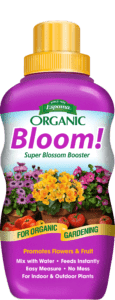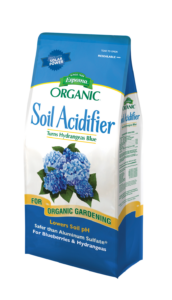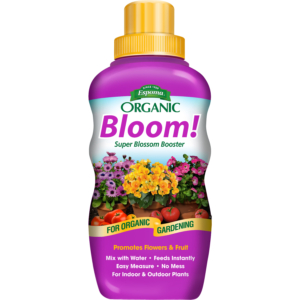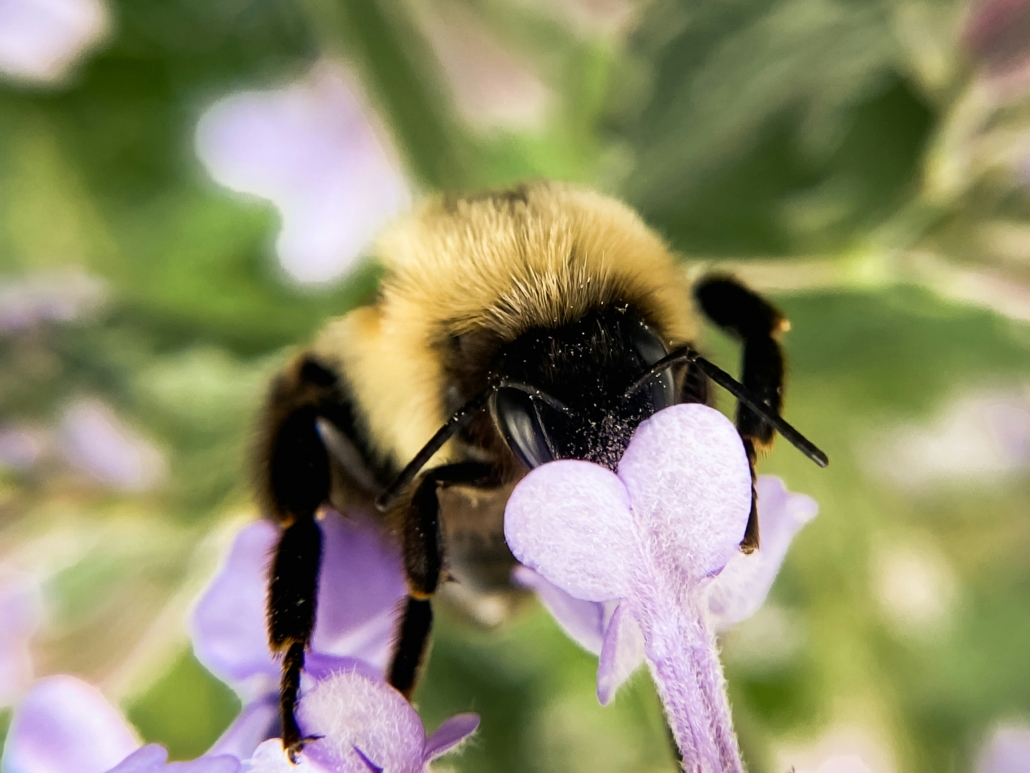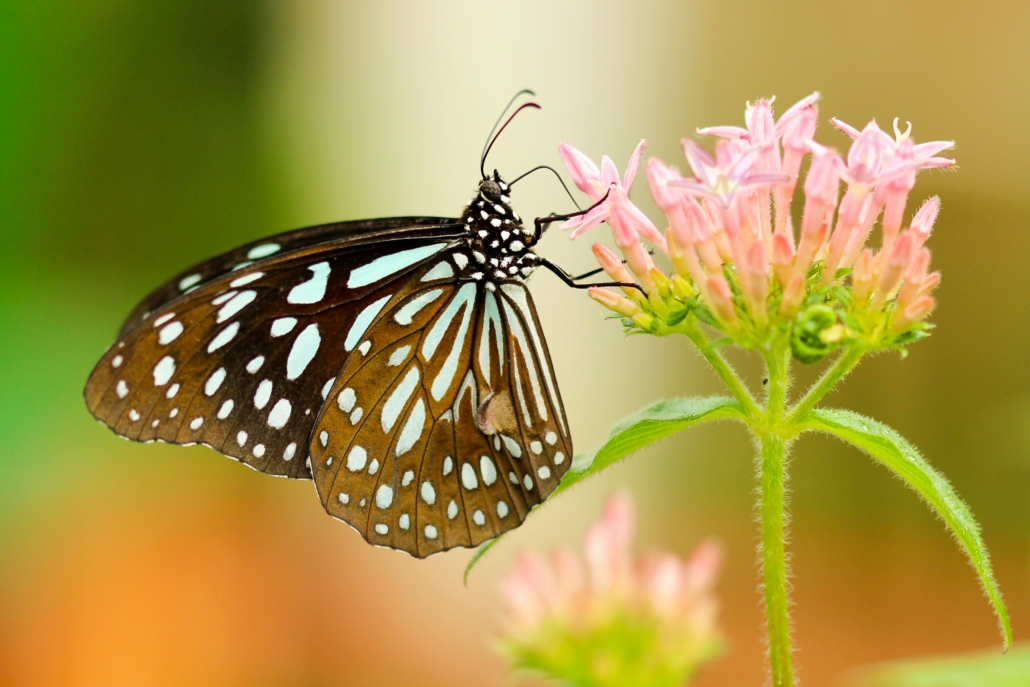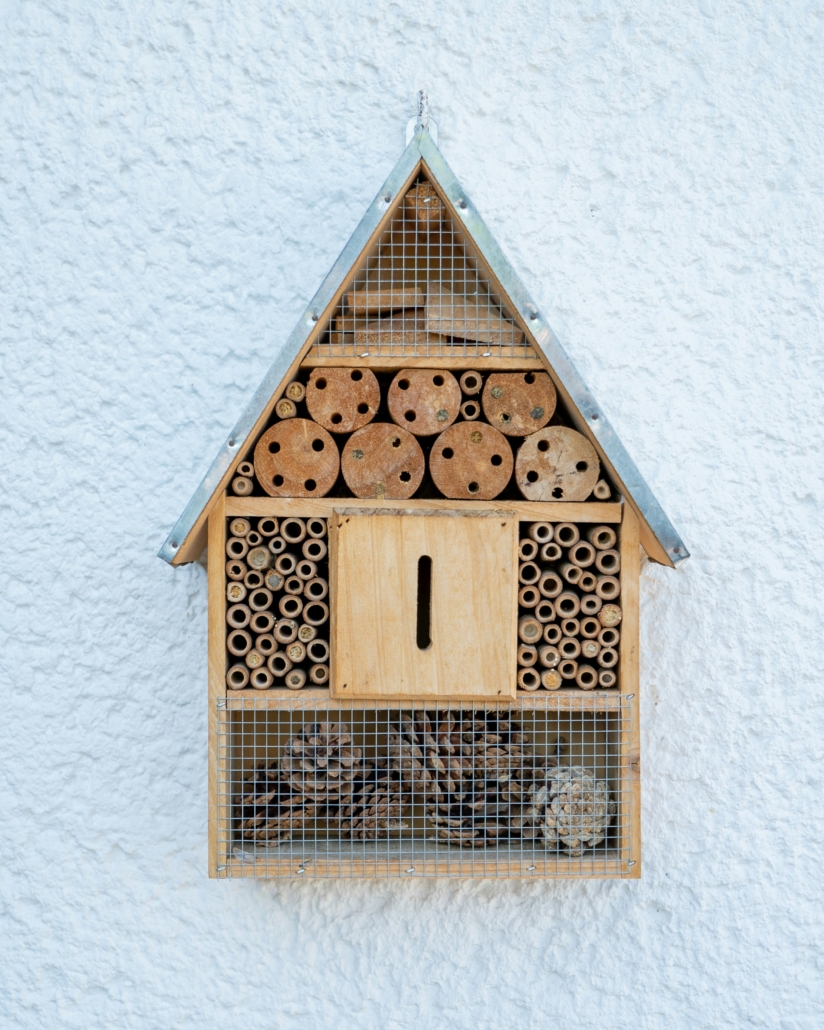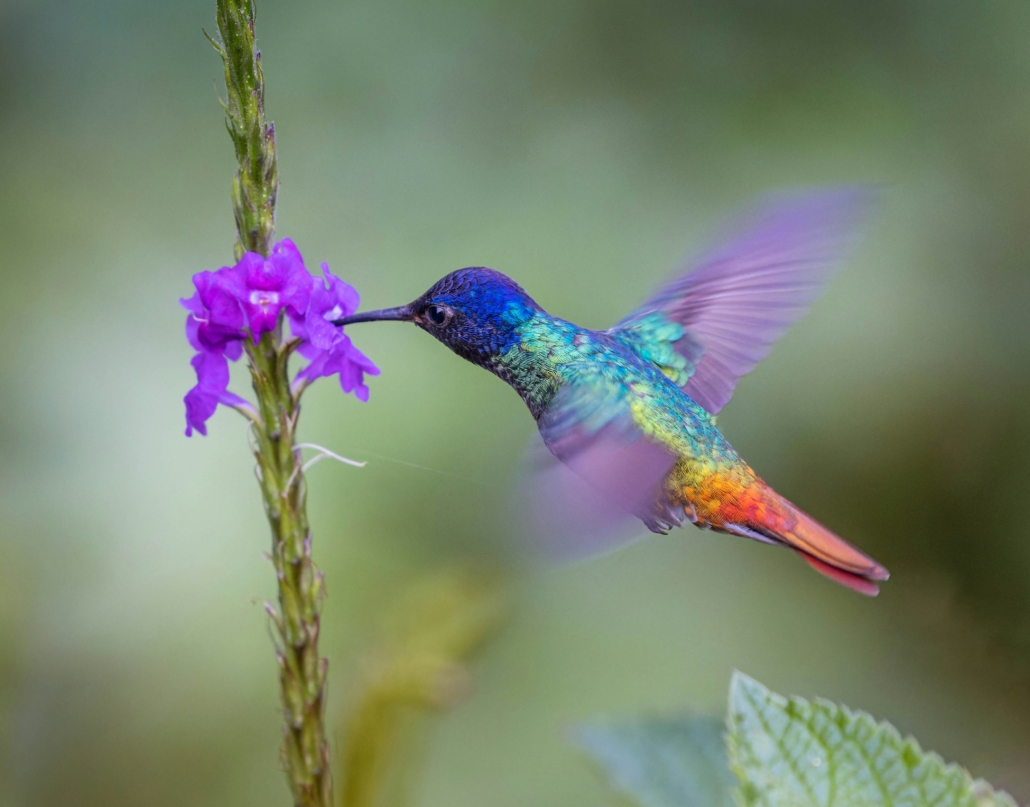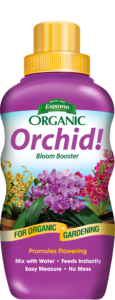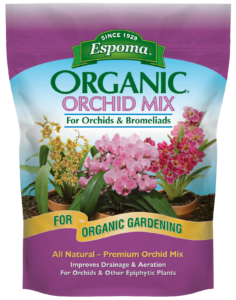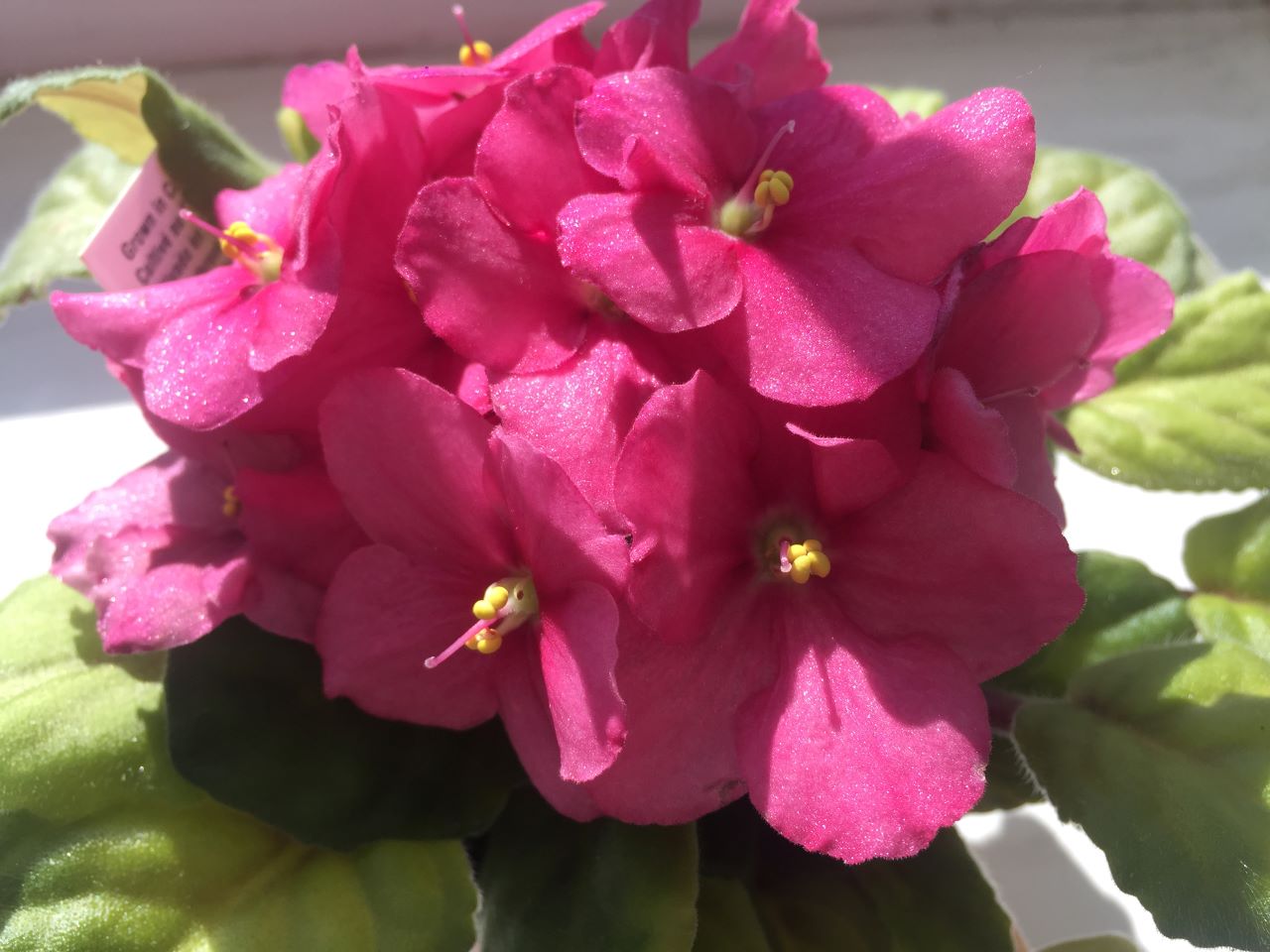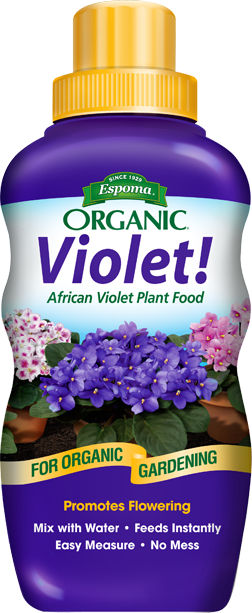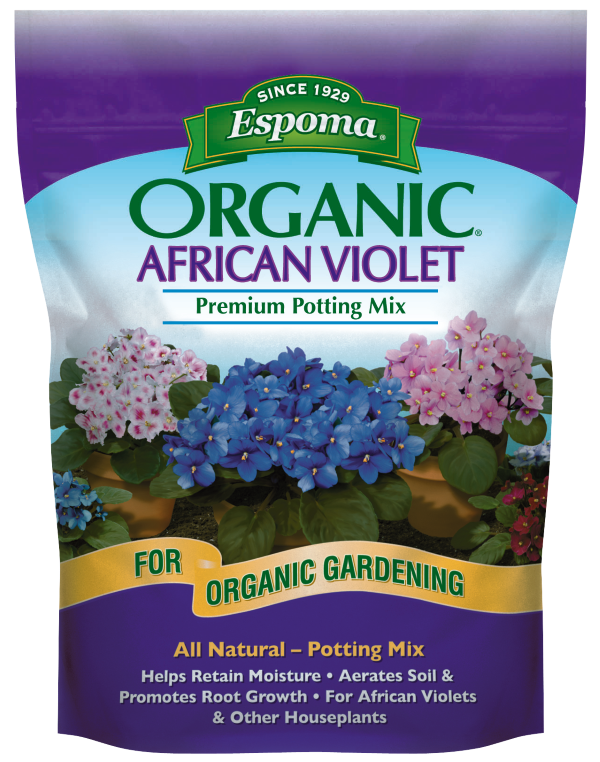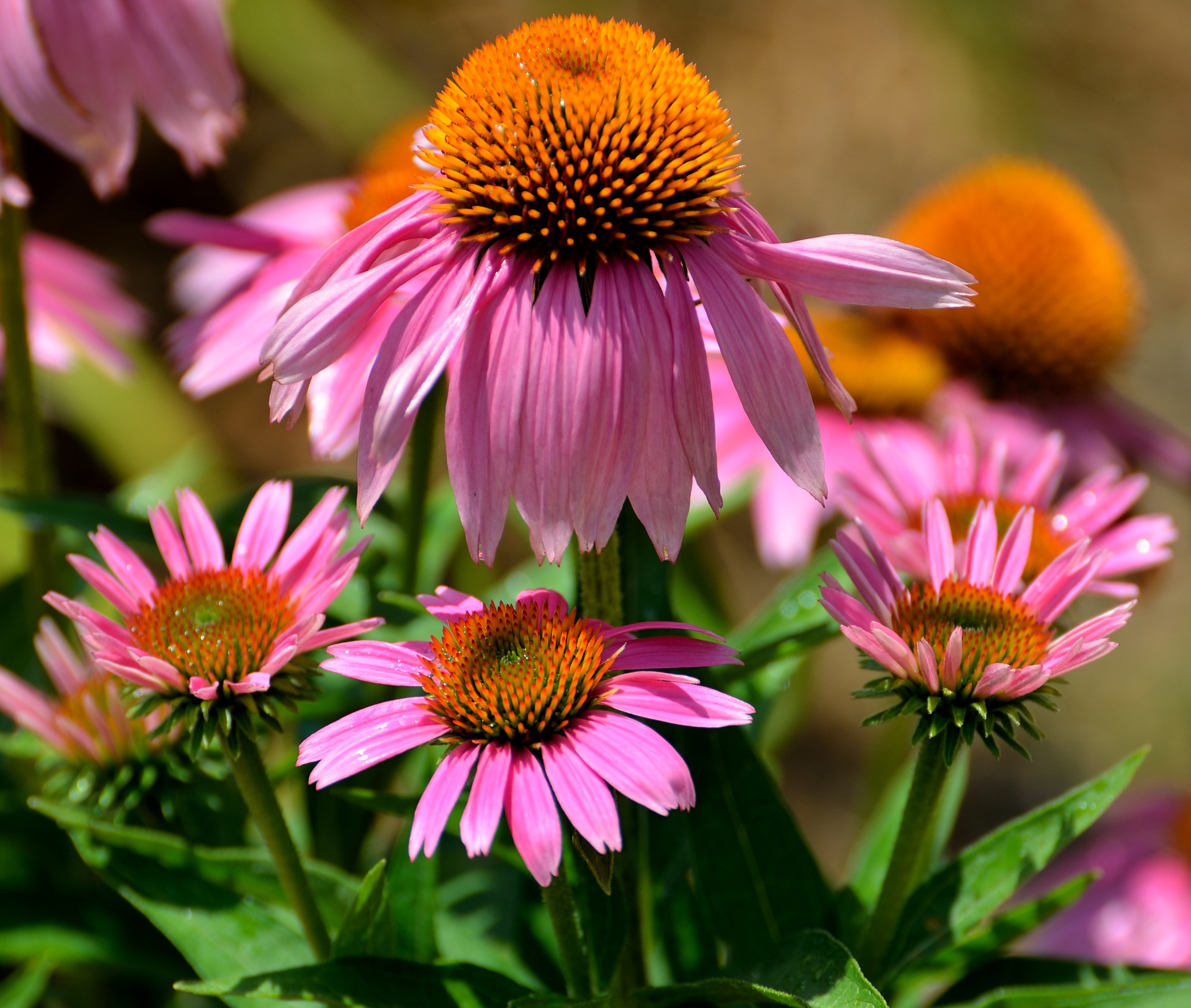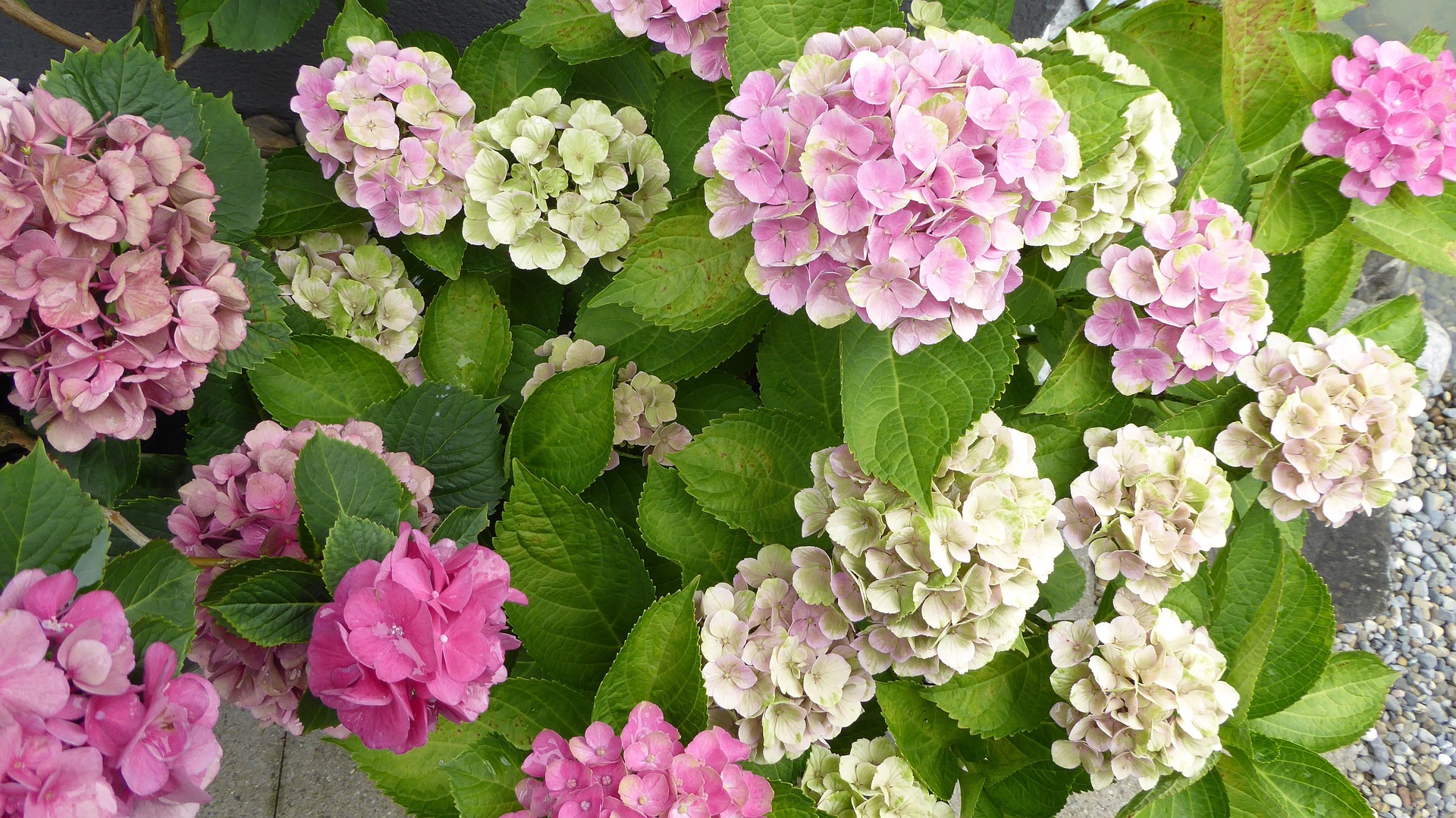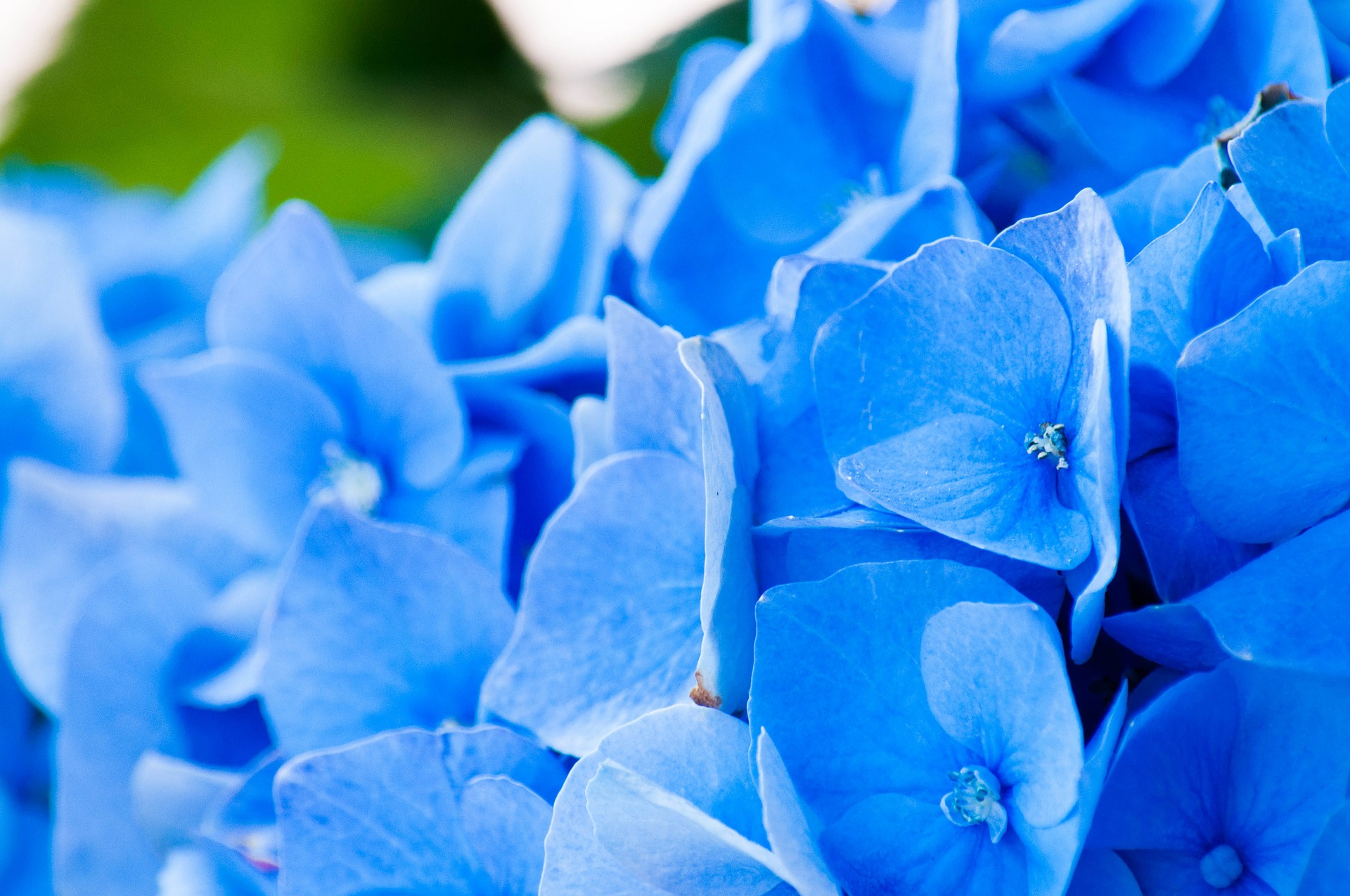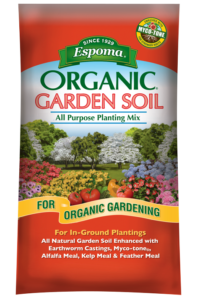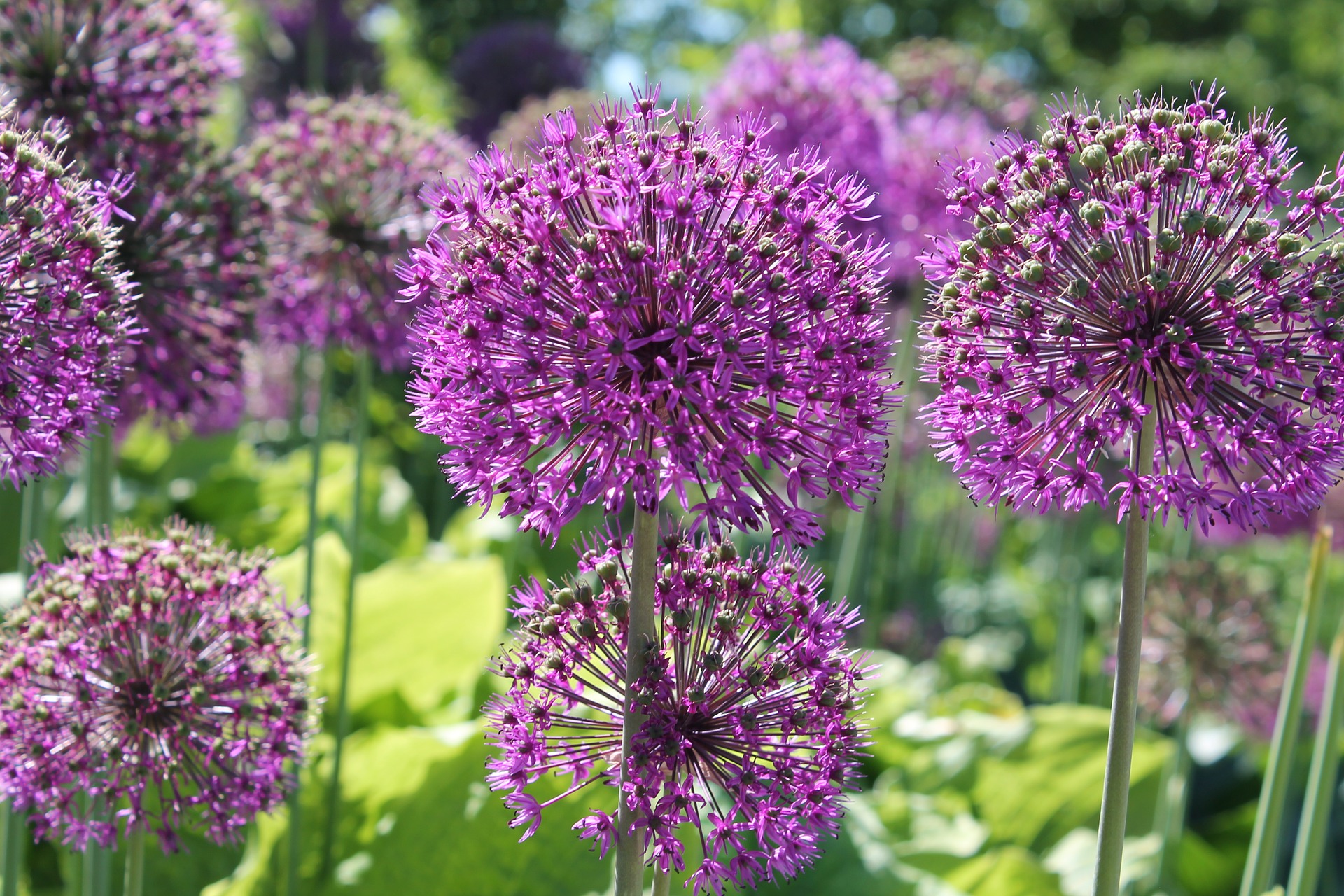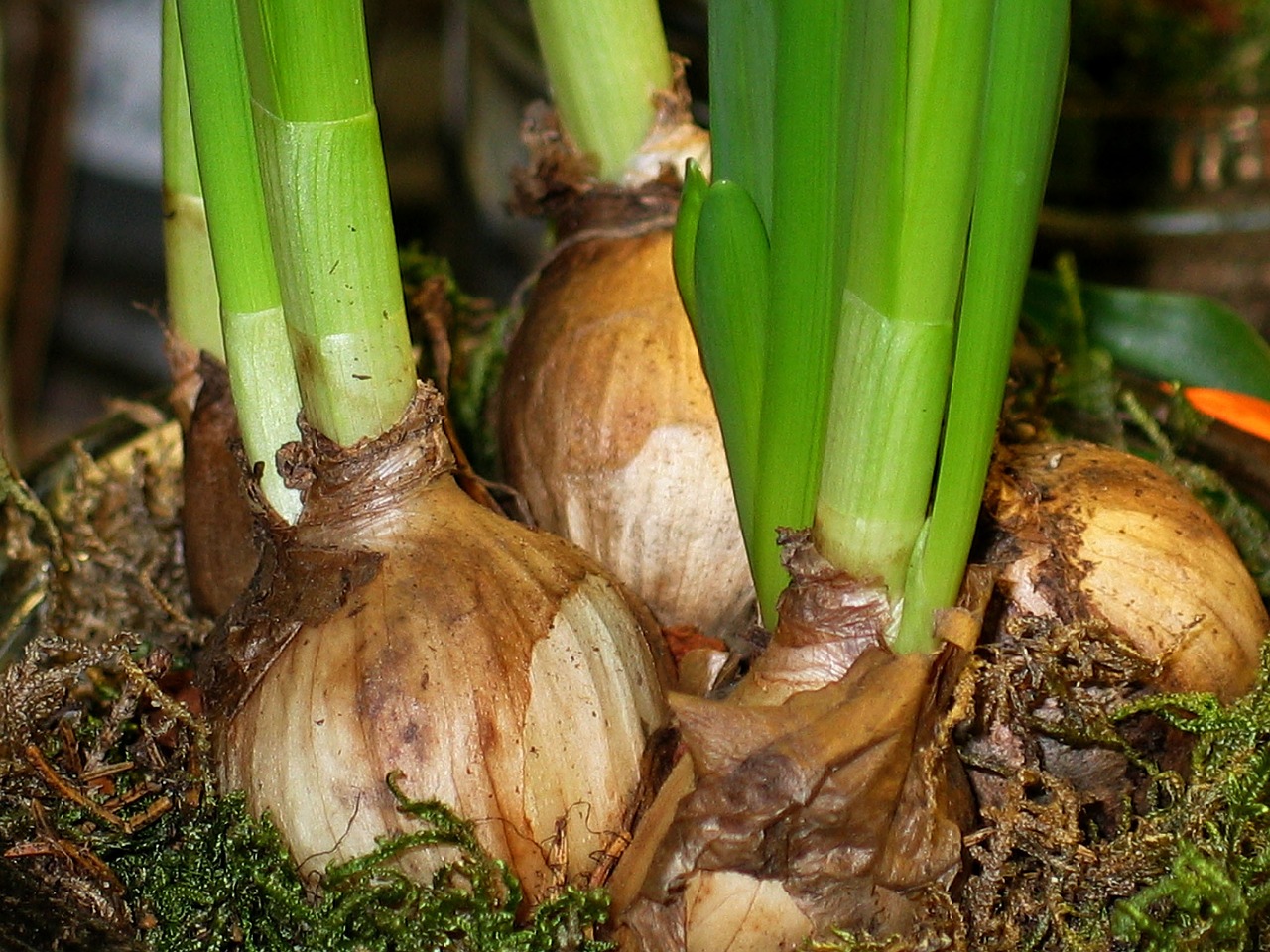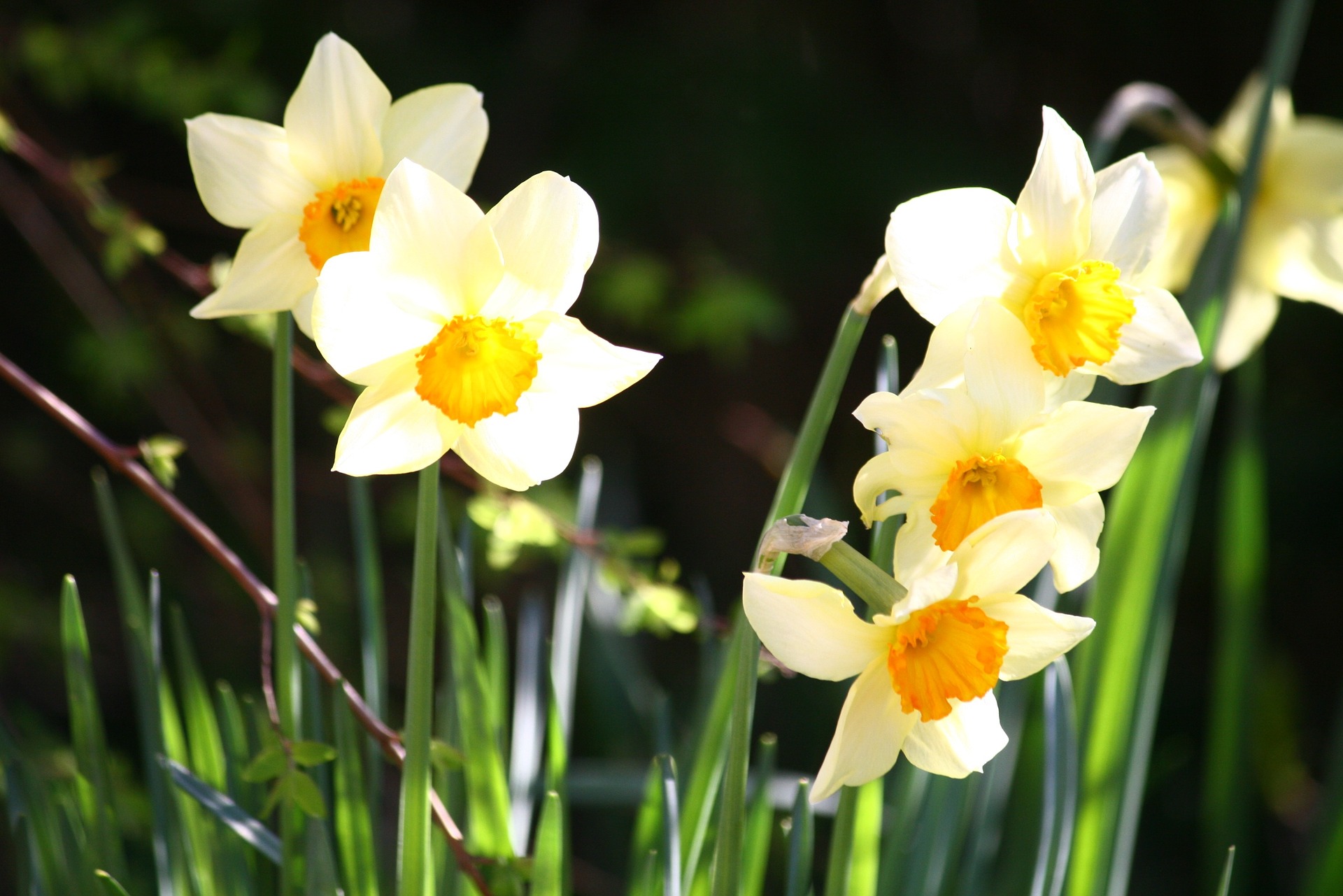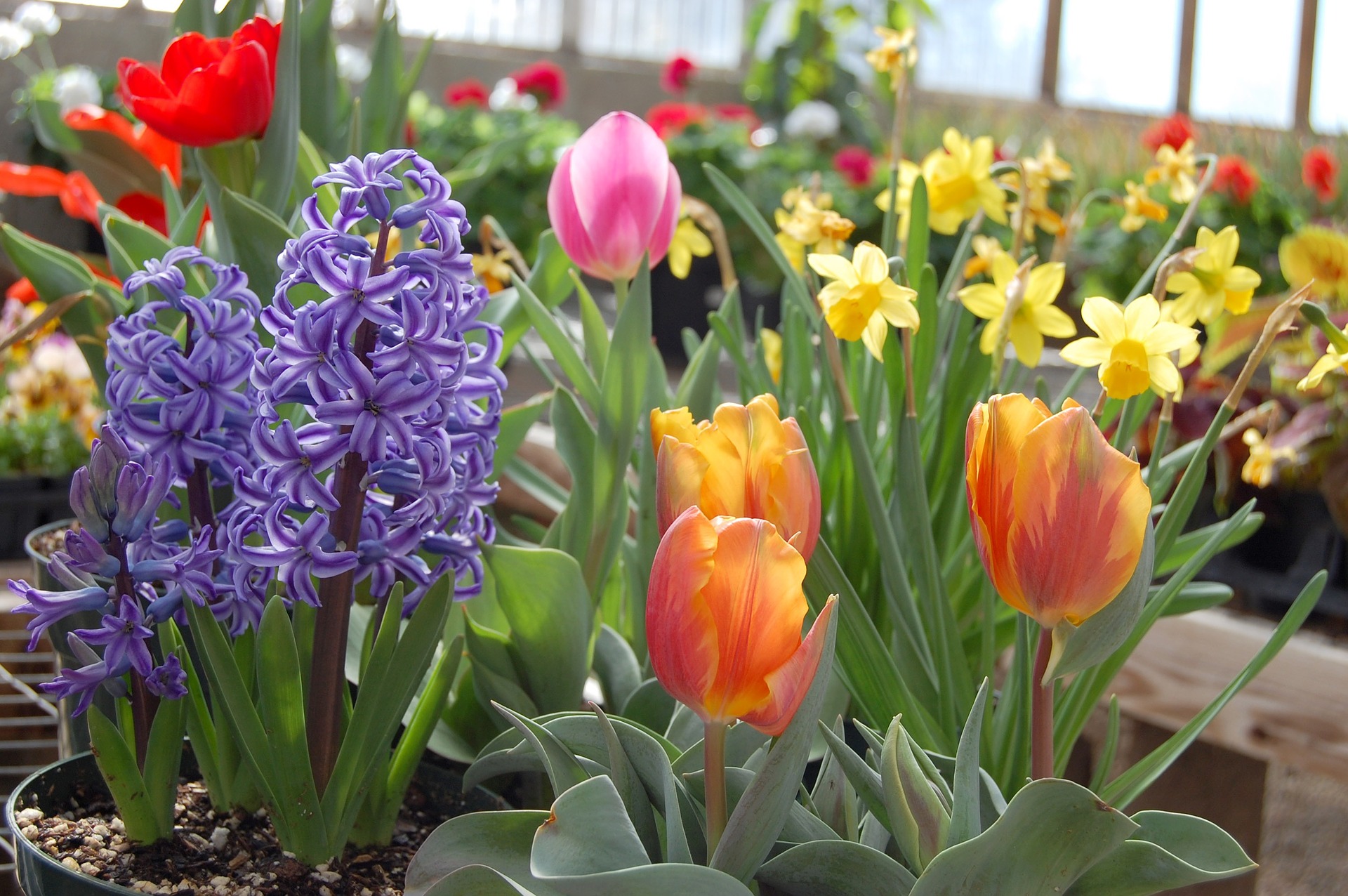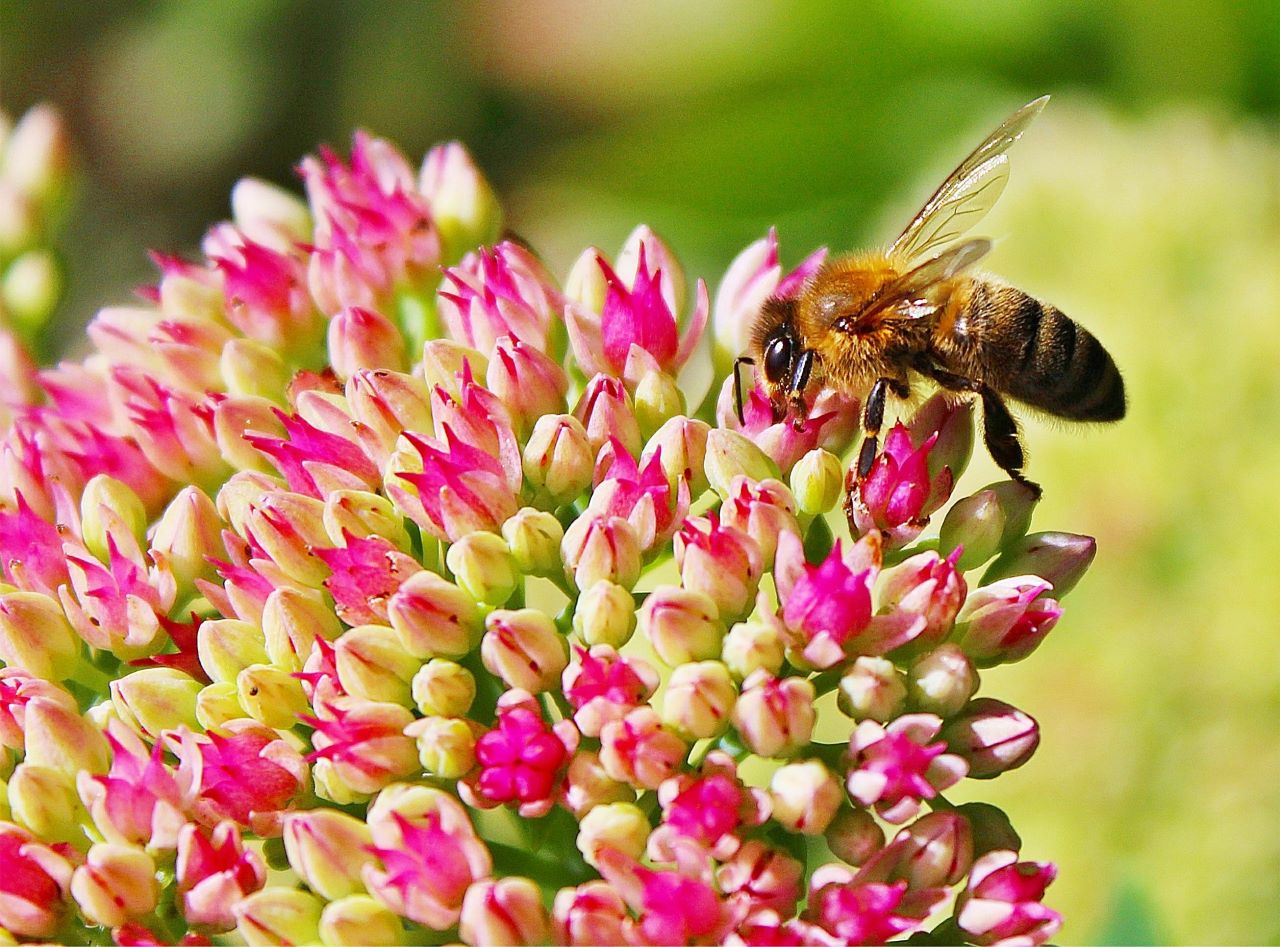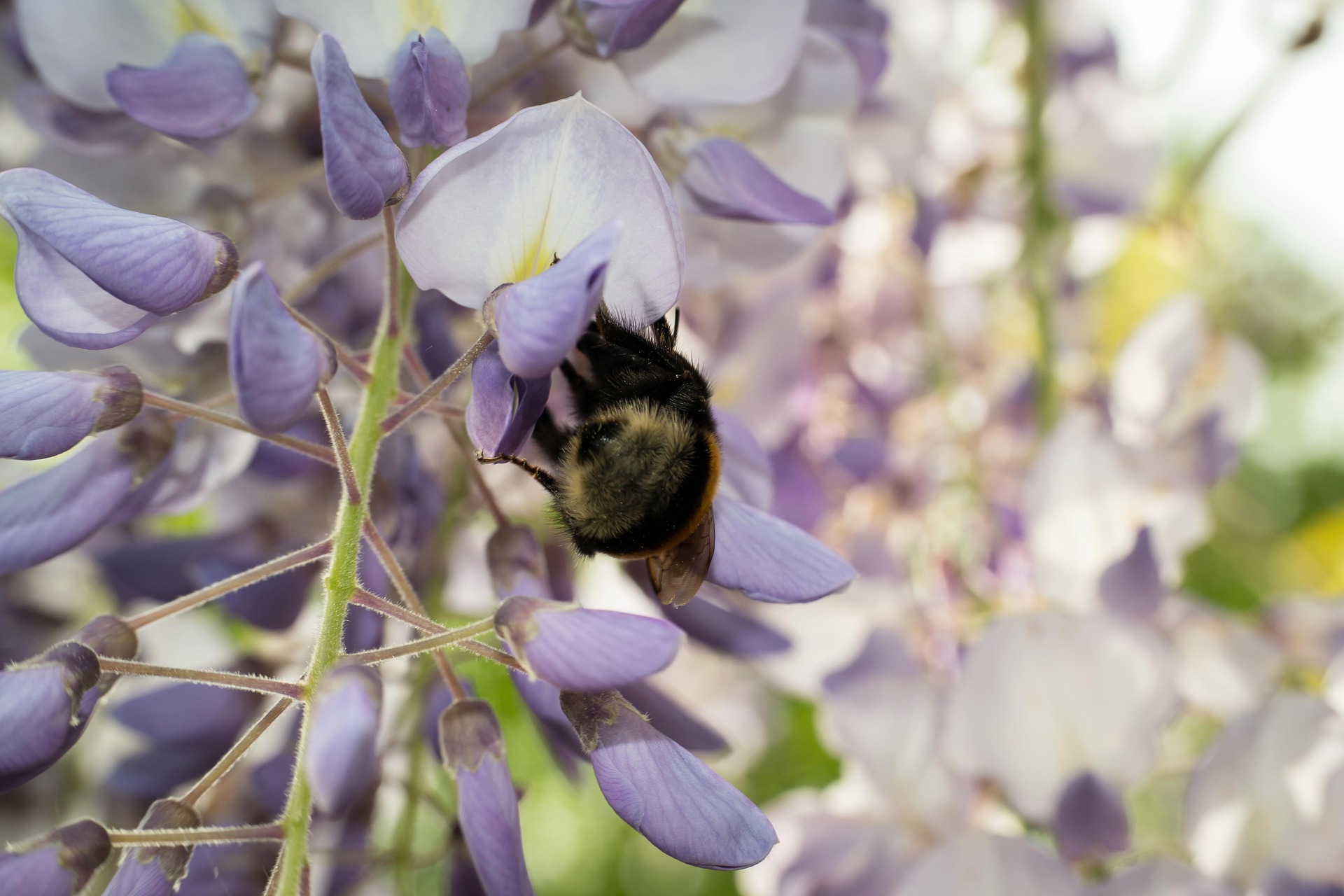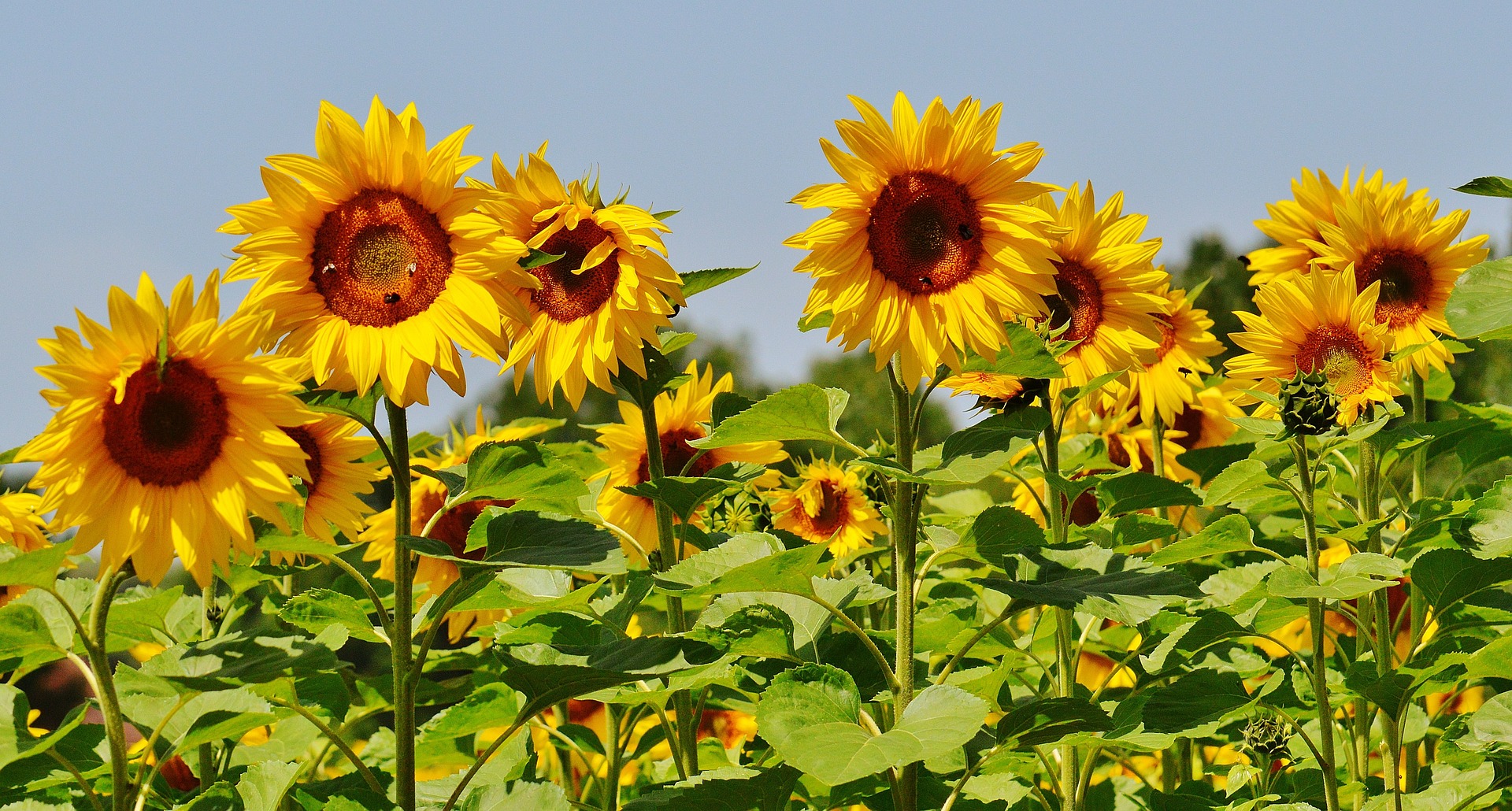Stop and smell the roses… Right outside your door!
Do you love roses but are stuck with limited space? Is your rose collection growing faster than your raised beds?
Container roses are a great solution for gardeners short on space or those who want the freedom to move their roses around. They give you the option of having roses wherever you want them.
So whether you are trying to cover up some unsightly spot or wanting sweet-smelling roses near your front door, we’re here to help you figure out the best roses for you.
Depending on the size and structure of your container, most roses won’t be a problem. Just be sure the container can hold the roots and soil needed for your roses. Be sure to choose roses recommended for your USDA Hardiness Zone.
Best Types of Roses for Containers
Miniature Roses – Don’t let the name fool you — these roses may be small in bloom size but still produce radiant color. Miniature refers to the size of the bloom, not the size of the bush. Typically they grow between 12”-18”, depending on growing conditions. These roses also love to hangout in window boxes. Choose a container that is at least 10” deep.
Small Roses – These low-growing roses help show off gorgeous containers. Small roses usually reach up to 2’. The variety of small roses is expansive and offer different styles, colors and smells to keep your garden rocking. Due to their small stature, they are perfect for the urban gardener — use these to spruce up your balcony or front stoop. Choose a container that is at least 12” deep.
Patio Roses – With big, colorful and robust blooms, you cannot go wrong with patio roses. They have a neat, bushy growth and regularly blooming rosette flowers. Choose a container that is at least 12” deep.
Floribundas – These one-of-a-kind hybrid roses have vibrant, colorful blooms that will dress up your yard. Grown in clusters, floribundas are wonderful to keep your guests in awe. They require a little more breathing room, so make sure to pick a larger container to keep them comfortable. Choose a container that is at least 15” deep.
6 Steps to Planting Your Rose Bush in a Container
- Select a container with drainage holes. The taller the containers the better since roses are deep-rooted.
- Fill container one third of the way with Espoma’s organic potting mix.
- Take the rose out of the pot and gently loosen its roots.
- Add 3 cups of Espoma’s Rose-tone to the soil and mix thoroughly.
- Place the rose in the soil no deeper than it was growing in the container. Planting depth should be such that the graft knuckle is just below the soil level. Add more potting mix to the container and level out soil.
- Water thoroughly.
Feel like you need more container plants? Learn what hydrangeas need to thrive in containers!

